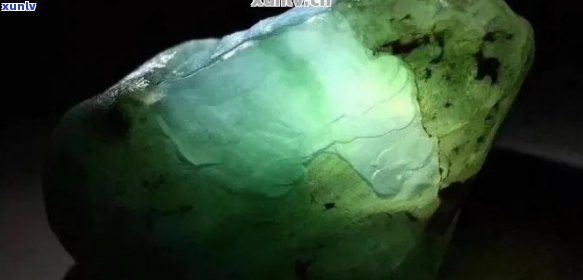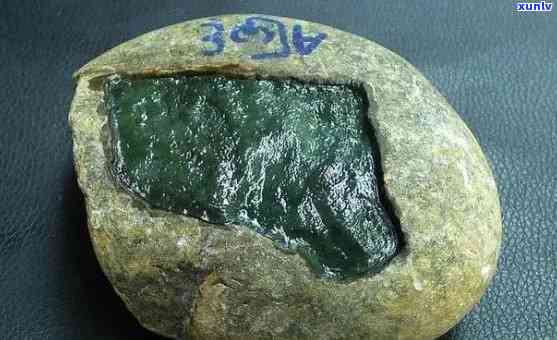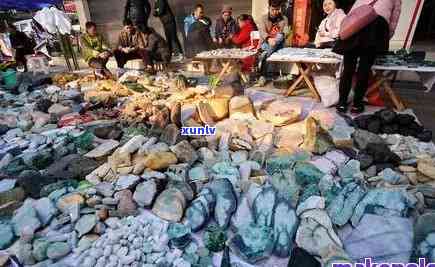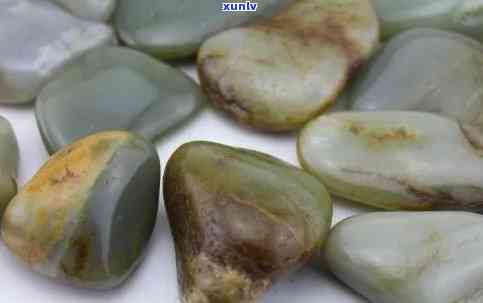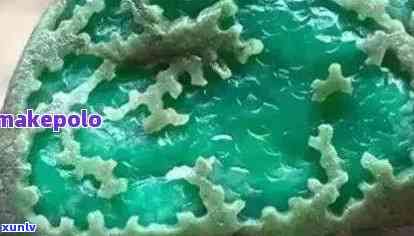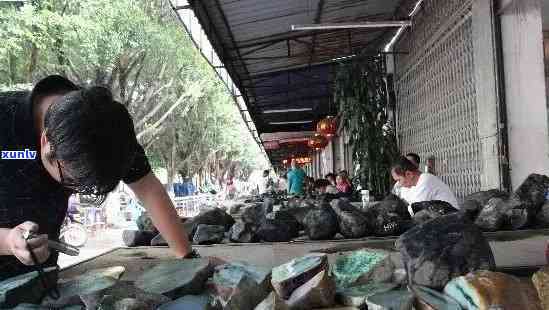Does the Stone Have Emerald in That Place, and Where Can I Find Jade?
Does the Stone Have Emerald in That Place, and Where Can I Find Jade?
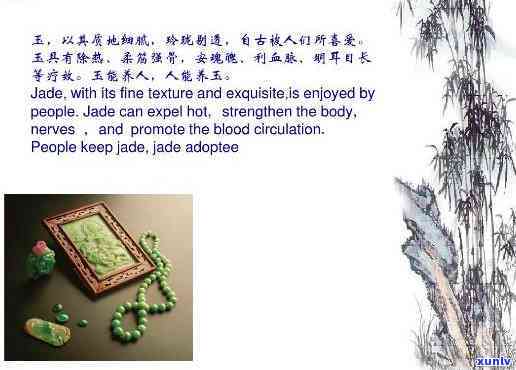
1. Introduction
The allure of precious gemstones has captivated humanity for centuries. Among these,翡翠 and emerald hold a special place due to their unique beauty and cultural significance. This article ms to explore the possibility of finding emeralds in river stones and the locations where one can find jade. We will delve into the geological origins of these stones, their distribution, and the best places to search for them.
2. The Possibility of Emeralds in River Stones
Emeralds are a variety of the mineral beryl, known for their vibrant green color. River stones can indeed contn emeralds, as these gemstones often originate from rock formations. If the emerald deposits are located near a river, it is plausible that the stones carried by the river might contn emeralds. This is especially true in regions where geological conditions favor the formation of emeralds.
3. Geographical Distribution of Emeralds
Emeralds are not confined to a single region. Apart from (Burma) and China, countries like Guatemala, Russia, and the United States also produce emeralds. Each region imparts unique characteristics to its emeralds, making them highly sought after by collectors. Guatemala, for instance, is known for its emeralds with distinct colors and textures.
4. Jade: A Brief Overview
Jade, on the other hand, is a collective term for two different minerals—jadeite and nephrite. Both are highly valued for their beauty and durability. Jadeite, the more valuable of the two, is often found in (Burma), particularly in the famous玉石矿区 (jade mine) of Hpakan (also known as Phakant), located in the north of Mandalay.
5. Where to Find Jade
5.1 Myanmar
Myanmar is the world's most abundant source of翡翠, known for its exceptional color and quality. The Hpakan mine, situated 350 kilometers north of Mandalay, is the primary source of Burmese jade. This region has a long history of jade extraction, dating back several centuries.
5.2 China
China is another significant producer of jade, particularly the region of Xinjiang, which yields the famous Hetian jade. This area is known for its rich deposits of nephrite, one of the four most famous types of jade in China.
6. Identifying Jade in River Stones
Identifying jade in river stones can be challenging, but there are certn techniques that can help. One method involves examining the stone's surface for crystalline structures. By wetting the stone and observing how quickly the moisture dries, one can infer the presence of jade. Stones that dry quickly are less likely to contn jade.
7. Geology of Jade and Emerald Formation

Jade and emerald are formed under specific geological conditions. Both minerals are products of long-term geological movements and high-pressure environments deep within the Earth's crust. Over time, these minerals can be carried to the surface by rivers, making river beds potential sources for these gemstones.
8. Other Sources of Jade and Emerald
While Myanmar is the largest producer of翡翠, other countries like the United States, Japan, and Russia also have deposits, albeit in *** aller quantities. The quality of Burmese翡翠, however, is considered the best in the world.
9. Inside the Jade Stone
Typically, only the interior of a jade stone contns the valuable mineral. To check for the presence of jade, one can use a light source to examine the stone's interior. If the light reflects off a *** ooth, translucent surface, it might indicate the presence of jade.
10. Characteristics of Jade and Emerald
Jade is often associated with a sea-green color, but it can also come in other hues like green, white, yellow, and more. Emeralds, on the other hand, are predominantly green but can vary in intensity and clarity.
11. Conclusion
The quest for emeralds and jade in river stones can be an exciting endeavor, especially for gemstone enthusiasts and collectors. Understanding the geological origins and distribution of these gemstones can help one identify potential sources. While remns the premier destination for high-quality翡翠, other regions offer unique varieties of emeralds and jade, each with its own appeal. Whether you are exploring river beds or visiting established mines, the journey to find these precious stones is as captivating as the stones themselves.
12. Additional Tips for gemstone hunters
For those interested in hunting for gemstones, here are some additional tips:
- Research: Before embarking on a gemstone hunt, it is essential to research the area thoroughly. Understanding the local geology and the types of stones found in the region can increase your chances of success.
- Permits and Regulations: Always ensure that you have the necessary permits and are aware of the local regulations regarding gemstone collection. Some areas may have

